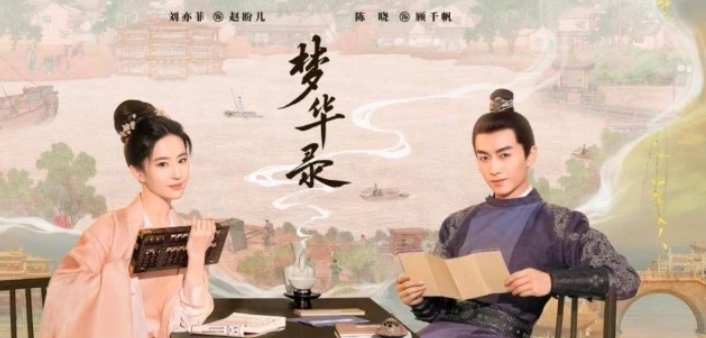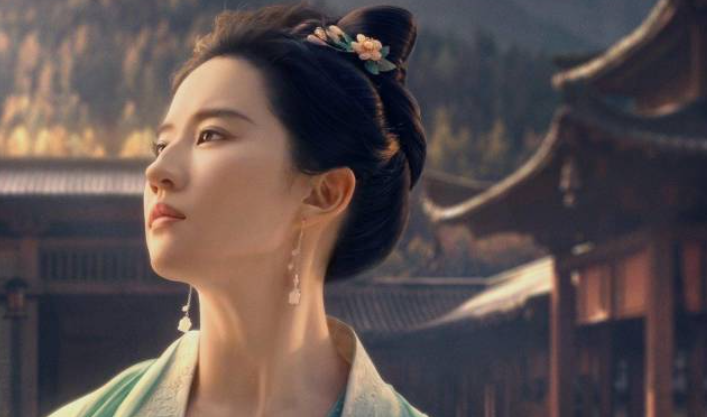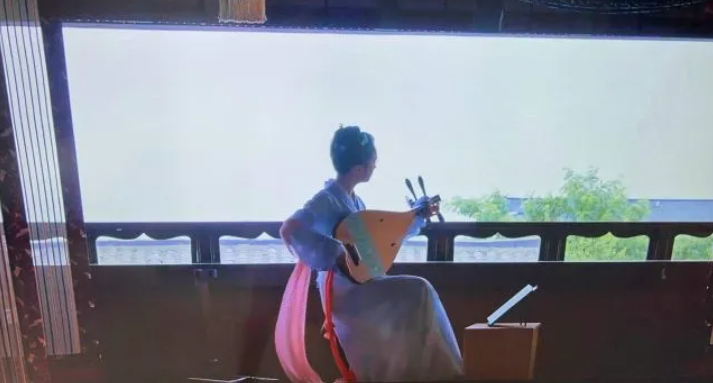Have you noticed the details of "Menghualu"? A horizontally hugging pipa in line with historical characters
Recently, the costume drama "Meng Hualu" starring the fairy sister Liu Yifei and Chen Xiao has become a fan, and the first broadcast broke 100 million. After a lapse of 16 years, Liu Yifei once again showed herself in ancient costumes, and she really deserves the honor of ancient costume ceilings. The script is adapted from Guan Hanqing's Yuan opera "Zhao Pan'er Fengyue Save the Wind and Dust", which is an inspirational drama from a female perspective. It is the text of "Four Great Masters of Yuanqu", which contains rich traditional culture.

Zhao Pan'er and Gu Qianfan had such a sentence in their conversation in Huating County.
Zhao Pan'er: "It's the same as before."
Gu Qianfan: "The white head is as new."
This allusion comes from "Historical Records. The Biography of Lu Zhonglian and Zou Yang". She means that some people don't know much about it until they are old, and some people just meet each other for the first time.

Zhao Paner's costume in the play is also a highlight. The plain-colored glutinous skirts she wore when she first appeared were in a simple and simple style similar to clothes in the Han Dynasty. They were characterized by the glutinous top and the narrow sleeves. They were comfortable and convenient, which was very in line with the shrewd and capable persona of the proprietress of the tea shop. The bun and headgear are also made with care. Zhao Paner's hairstyle should belong to the Panlong bun, which is a simple type among women in the Song Dynasty. It is relatively flat and fits the head, making it small and gentle.

There is a scene where Song Yinzhang plays the pipa, and the details are handled very well. When she is playing the pipa, the pipa is placed horizontally. Many netizens have questioned, isn't the pipa played vertically? In fact, during the Tang and Song Dynasties, the pipa was indeed held horizontally or diagonally, just like Song Yinzhang's posture in the play. We can see the pipa held horizontally in Dunhuang frescoes, Tang figurines and so on.

Many netizens said that they can't even read TV series without some culture. I wonder if you have noticed these details while watching the drama?
Involving musical instruments
Guess you like
Hot news
- 01 The handsome guy in 1997 is so advanced in pulling erhu! Netizen: Come and "wash your ears"
- 02 The Simple Difference Between Guqin, Se, and Guzheng
- 03 Dulcimer exam and performance repertoire
- 04 The difference between the five-stringed lute and the four-stringed lute
- 05 The difference between cymbals and cymbals in ethnic musical instruments
 渝公网安备 50010702504639号
渝公网安备 50010702504639号